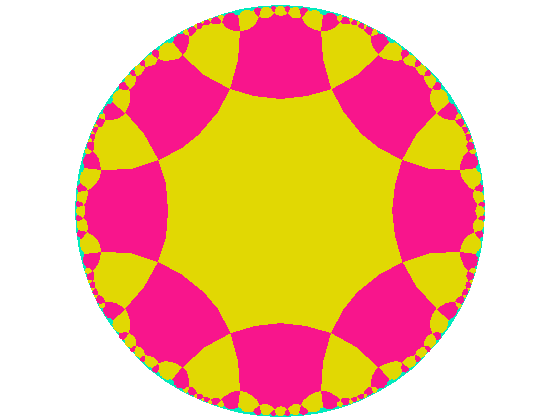isau
Deity
- Joined
- Jan 15, 2007
- Messages
- 3,071
I've seen several people comment that hexes are a bad thing, or "the same thing as squares." I'm a little surprised by this but feel maybe we should have a short discussion about the reason a designer would think to use a hex system over a square one. I'm not in one camp or another over which is "better", but some people seem genuinely confused.
The basic reason to use hexes over squares is not because (to quote no one in particular) "that's how they do it in board games." It's because of geometry. Hexes are more accurate system of tracking movement for strategy purposes. The distance from the center of the current tile to any given tile in a hex system is always exactly 1 move. No matter what direction you move in, the distance or move count never changes.
Contrast this with a square system. The distance to any square that is N, S, E, W is 1 move. The distance to any square that is NE, SE, SW, NW is 2 moves. By always moving diagonally on a square board, you cover a greater distance. Any unit that has an odd number of moves (or is in a situation where landscape lowers movement to an odd number), in particular, behaves strangely. This is especially evident with units who have only 1 move.
The only thing you lose, kind of, in a hex system is the ability to move either directly east or west or north or south (depending on the orientation of the tiles)--you end up zig-zagging. However, the elimination of "corner skipping" evident in square-tile games is often seen as a sufficient reason to ignore this limitation.
The basic reason to use hexes over squares is not because (to quote no one in particular) "that's how they do it in board games." It's because of geometry. Hexes are more accurate system of tracking movement for strategy purposes. The distance from the center of the current tile to any given tile in a hex system is always exactly 1 move. No matter what direction you move in, the distance or move count never changes.
Contrast this with a square system. The distance to any square that is N, S, E, W is 1 move. The distance to any square that is NE, SE, SW, NW is 2 moves. By always moving diagonally on a square board, you cover a greater distance. Any unit that has an odd number of moves (or is in a situation where landscape lowers movement to an odd number), in particular, behaves strangely. This is especially evident with units who have only 1 move.
The only thing you lose, kind of, in a hex system is the ability to move either directly east or west or north or south (depending on the orientation of the tiles)--you end up zig-zagging. However, the elimination of "corner skipping" evident in square-tile games is often seen as a sufficient reason to ignore this limitation.



 Octagons cannot form a gap-less map. In the end, Marie didn't really know much of the situation she was talking about, and, well ...
Octagons cannot form a gap-less map. In the end, Marie didn't really know much of the situation she was talking about, and, well ...
